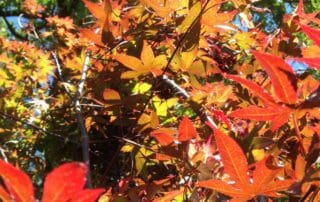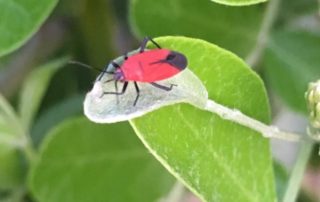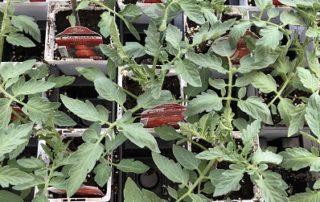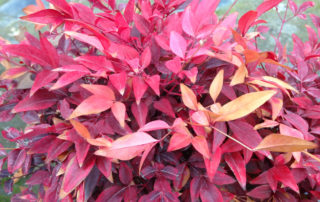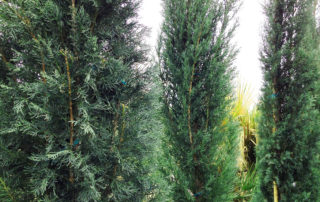Japanese Maples in Central Texas
Japanese Maples can be an attractive addition to almost any landscape. To assure trees that thrive, locate your Japanese maple where it will receive dappled sun under the canopy of trees, with no more than two to three hours of morning sun. New growth on varieties with red leaves will be more brilliant if they receive a little direct sun, either in the morning or the evening. Japanese Maples will tolerate low winter temperatures quite well, but suffer from moisture loss from the leaves when exposed to our drying summer [...]

